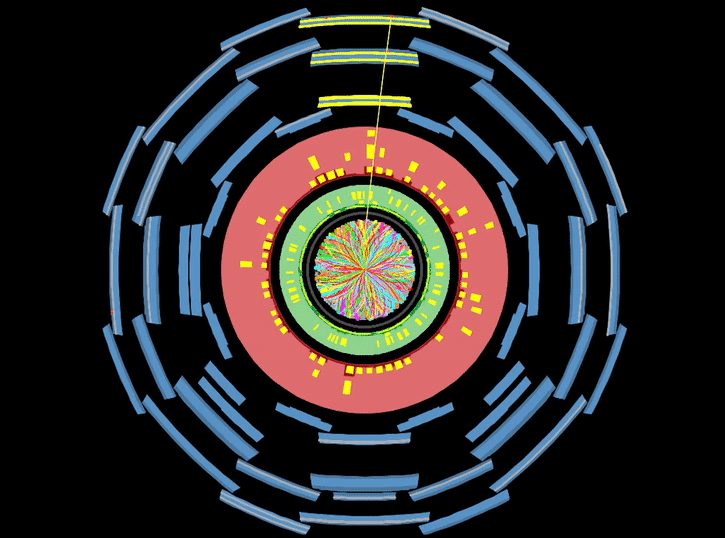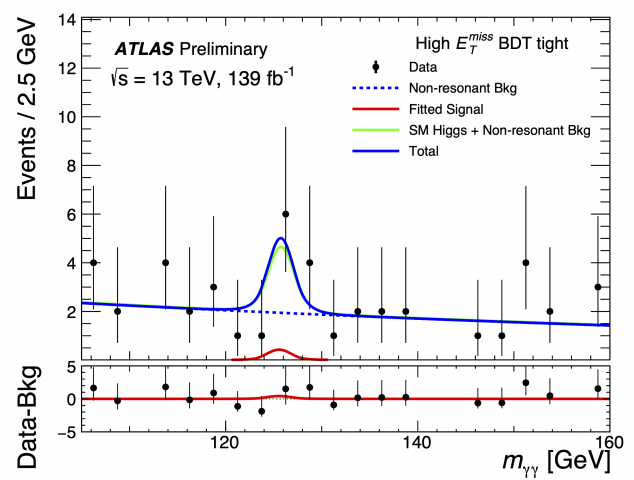Access to Collaboration Site and Physics Results
Live Collisions in the ATLAS Detector
Collaboration members should sign out to view this page correctly.
Event Visualisation
When the LHC is operating, 40 million packets of protons collide every second at the centre of the ATLAS detector. Every time there is a collision, the ATLAS Trigger selects interesting collisions and writes them to disk for further analysis. A small subset of these collisions are passed through visualisation software and displayed on a large screen in the ATLAS Control Room for the physicists on shift to view. Although this is just another tool for monitoring the detector, it is also fun to watch. So, we thought we would share it with you here. (Be patient, it might take a moment to load.)
Click here for a full screen stream of event displays. Click here to read a European Journal of Physics paper published by young students performing image processing to extract the data from these event displays to replicate an early LHC measurement.
Event Sonification
One can also take the physical parameters of collision data and transform them to sound, a process called sonification. The Quantizer project, developed in collaboration with MIT Media Lab, applies pre-defined mappings, developed by musical composers, to create unique real-time streams of, well, the songs of nature. Give a listen.
LHC Conditions
ATLAS physics keep a close eye on LHC beam conditions to ensure the efficient recording of data by the detector:
- The LHC Page 1 site on the Vistar server at CERN provides a summary of the current LHC conditions.
- This luminosity plot indicates how many proton collisions have been delivered each year by the LHC to ATLAS.




